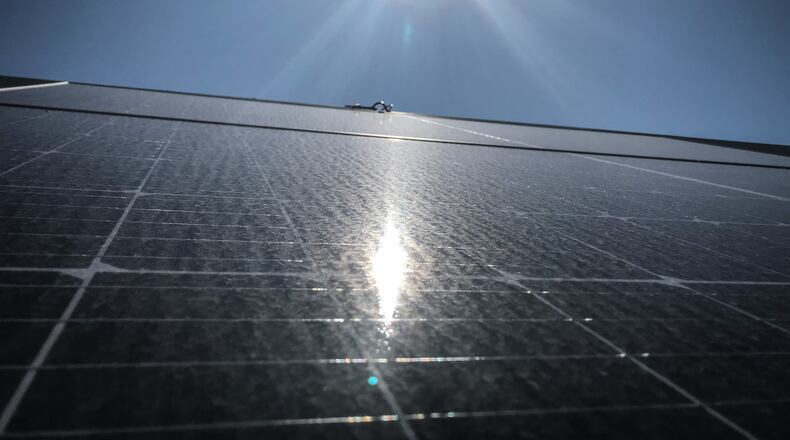In today’s Ideas & Voices, contributors discuss the proposed development and what it means for their community.
Farmers should have the freedom to market their labor, capital toward what makes sense for them
Solar land use is not a permanent reduction of farmland. Twenty- to forty-year leases with equipment removal and land restored to its original condition for agriculture production are guaranteed through bonding requirements.
Housing development is a permanent reduction of farmland. It often requires additional government investment in infrastructure, schools, etc. Should new housing be outright banned?
Commercial development is a permanent reduction of farmland. It often requires government investment in infrastructure and tax subsidies. Should commercial development be outright banned?
Solar is not going to take over anything. It can only be considered where existing infrastructure make it economically feasible. It has too often been a target for blame when it actually should be viewed as one tool to assist an ailing agricultural economy.
Projects like Sloopy Solar threaten rural character and well-being of Clark County
Communities across Ohio are being asked to shoulder the impacts of industrial-scale solar projects that promise clean energy but leave lasting scars on the land and those who call it home. The proposed Sloopy Solar Energy Center in Harmony Township is one such project, and while it may sound appealing on paper, it threatens the rural character and well-being of Clark County.
Earlier this month, U.S. Secretary of Agriculture Brooke Rollins announced that taxpayer dollars will no longer be used to support solar projects on prime farmland. The USDA will also block projects that rely on panels made by foreign adversaries. This means large ground-mounted solar arrays will no longer qualify for key federal programs that once helped fund them. The message is clear: prime farmland is too valuable to sacrifice for industrial solar development.
About the Author


